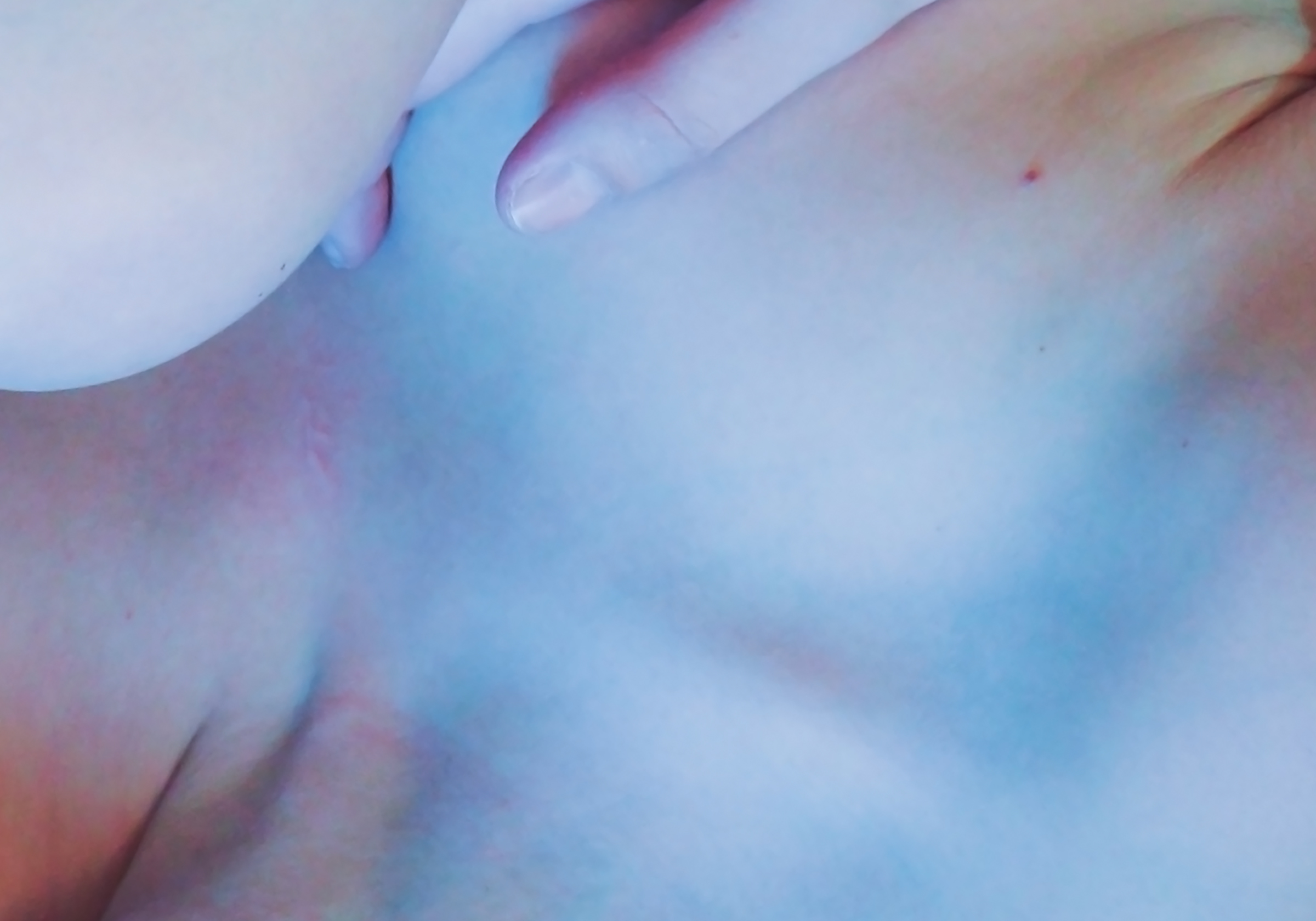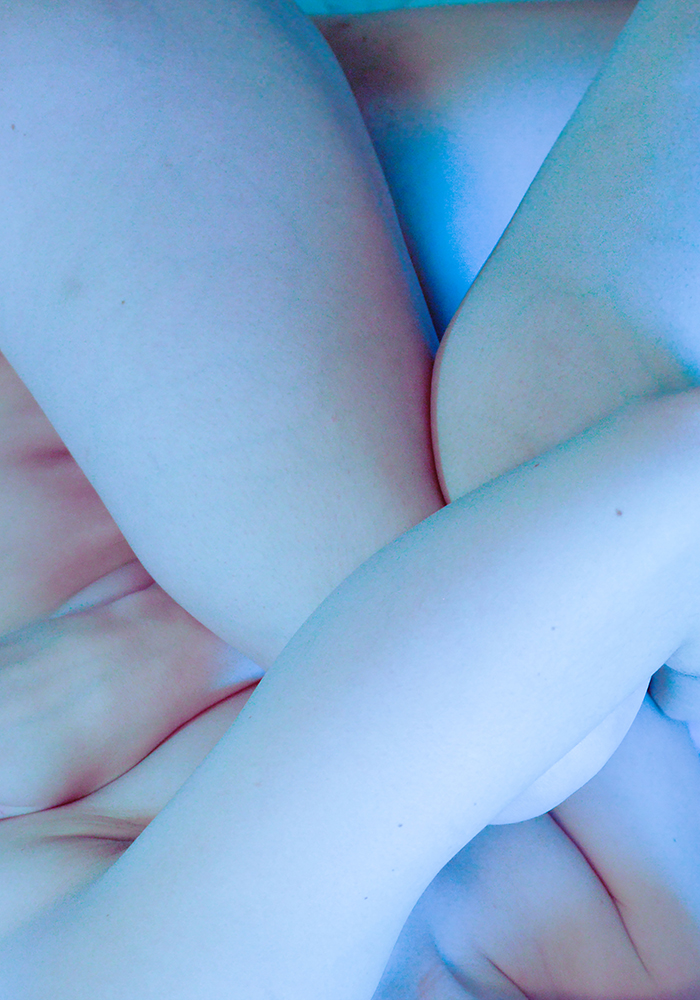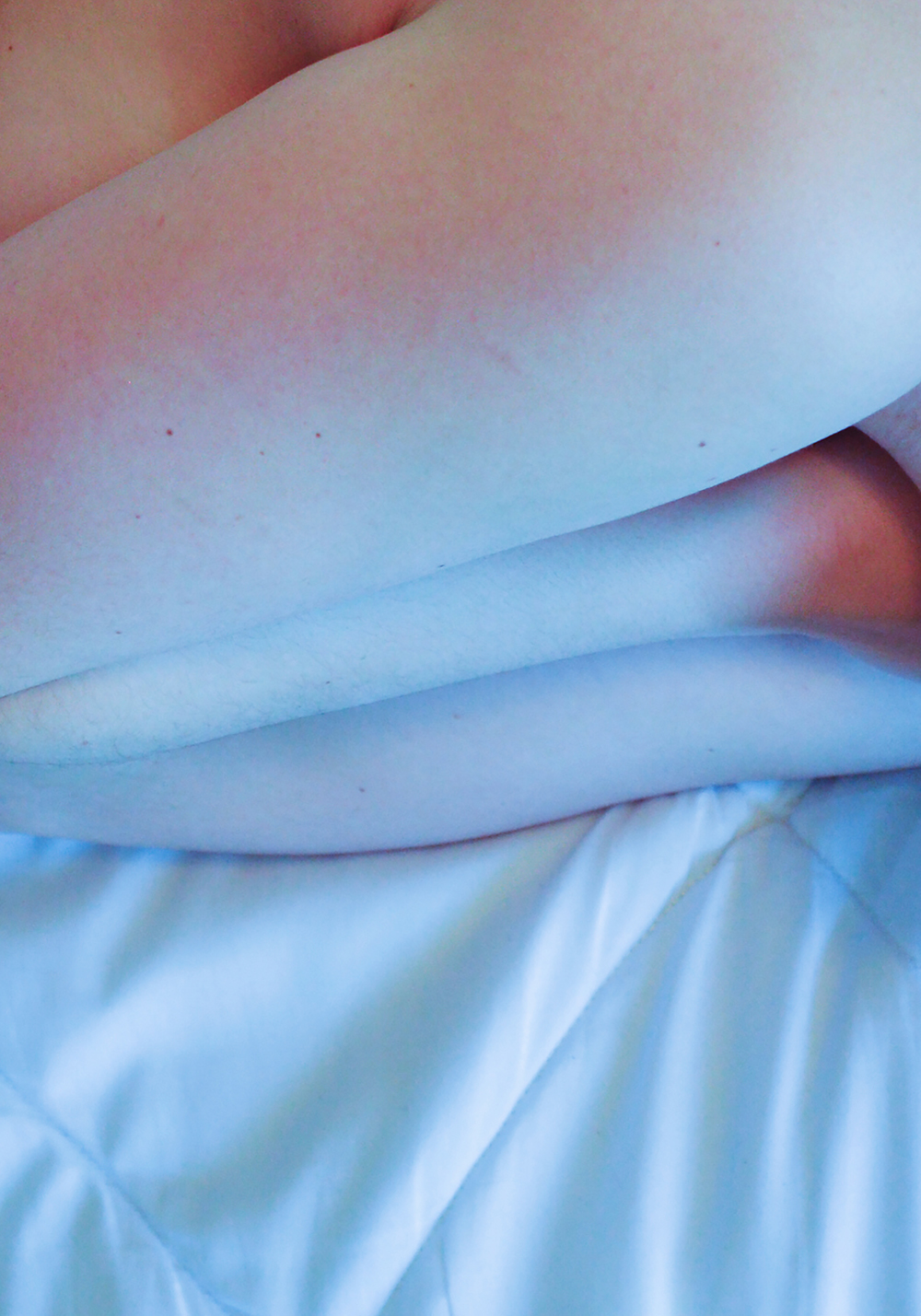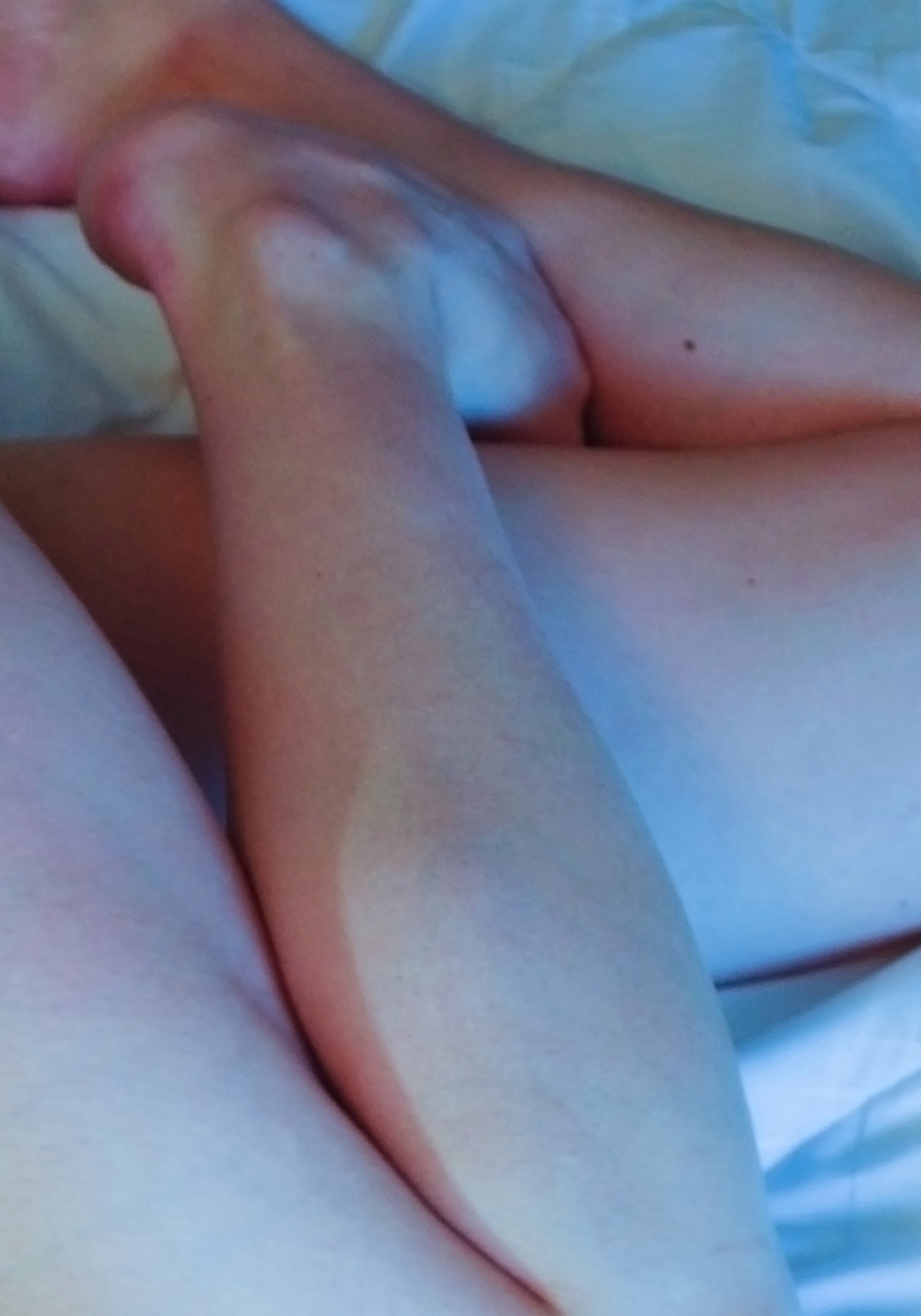The final images for my Senior Thesis Art Exhibition at Bates College, 2015.
"For the past seven years, photography has served as my means of self-expression, and a medium through which to make sense of the world and my role in it. I began shooting self-portraits at the start of high school; as an introvert, it was the ideal way for me to spend time alone with my thoughts. My self-taught photography became a daily catharsis as I made my way into adulthood, struggling as all adolescents do to define myself as a person.
To me, my self-portraits have always been a quiet expression of vulnerability, a way to bare myself naked and unguarded; they will always mean things to me just because they are photographs I am taking of myself. Over time, I began to consider the viewer’s experience in looking at my photographs, as opposed to just my own. What do I want to say to a viewer? What do I want to express? I’m not entirely sure yet. I have always been fascinated by the various ways we as an audience are drawn to other works of art and the visceral feelings we develop in reaction. In this sense, taking and sharing self-portraits has become a way for me to explore and try to understand human relationships.
I find that most of the photographs I love and am inspired by focus on the human body, though they are not always traditional “portraits.” This series of photographs has been a way for me to explore the content I am drawn to in a way that was rather unfamiliar to me. I am curious about the implications of self-portraits where I’m not easily identified as the subject. My goal has been to explore how I can convey emotion and a sense of atmosphere without showing the entire body or the face, relying on composition, lighting, and tonality.
I can’t define exactly what I am trying to do or say with these images. In part, I hope to create atmospheric images that are aesthetically beautiful, but with dark undertones. Beyond that, I hope that my photographs engage the audience to think and feel in some way that traditional portraits may not."







